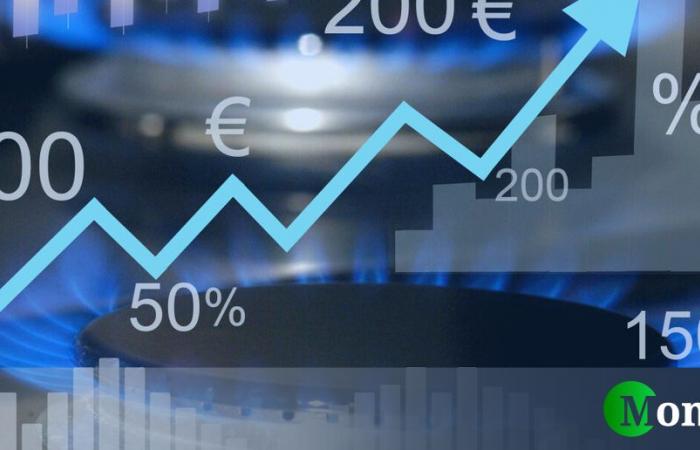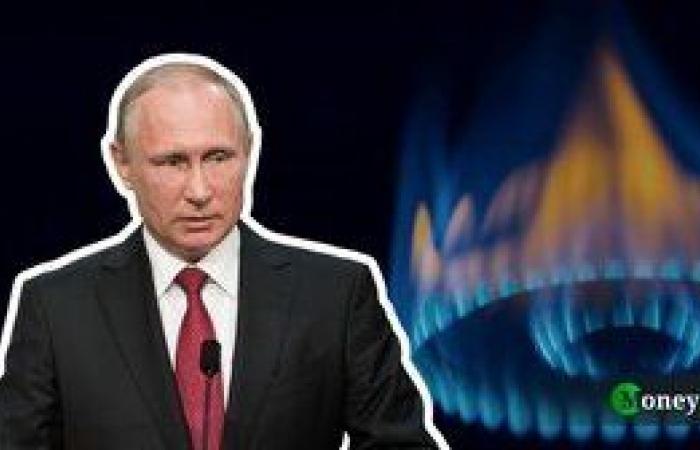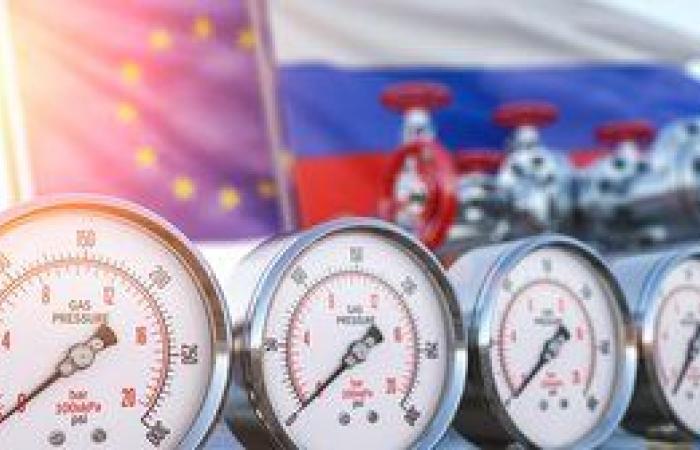The gas price in Europe is around 35 euros per megawatt hour in the Dutch reference benchmark.
The wide ones storage levels they guarantee a certain tranquility to European countries and therefore keep futures at less worrying levels, given that fears about supply appear to have subsided.
However, dangers are around the corner in view of next winter and considering all the factors capable of influencing Europe’s supplies. The region continued to show a certain vulnerability to external events, constantly putting the region at risk energy security.
There European dependence on global supplies to replenish gas supplies makes it susceptible to supply interruptions, with even short stops inNorway which have already led to price spikes. Competition with Asia for cargoes of liquefied natural gas (LNG) could also further complicate Europe’s efforts to build supplies before winter.
The Russia factorfinally, it is still crucial for the supplies of some European countries and could cause some changes in incoming supplies gas price shockeven if short-lived.
4 reasons to fear a jump in gas prices in Europe
“Given the EU dependence on foreign gas, will never be satisfied with security of supply. And consumers have no guarantee of affordability in the event of a severe shortage in the future,” this is just the latest warning about European fragility in terms of energy and, specifically, access to the gas necessary for families and industries.
The warning comes from João Leão, member of the European Court of Auditors who presented a report on Europe’s future challenges in the energy sector.
Although the crisis that caused gas prices to soar is a thing of the past, optimism about the “lauded” resilience of EU countries in building alternative strategies to purchase gas outside Russia remains very cautious.
There are several Alarm bells ringing in Europe on future energy security. By collecting analyses, data and reflections, at least TOT risk factors can be identified.
1. EU storage solid, but slower
In a report, ING analyst Warren Patterson notes that the good news on solid European inventories requires cautious reading.
Gas storage in the EU remains at a satisfactory level 75%, well above the five-year average of 65%. As the expert points out, “With net injections averaging 250 million cubic meters per day from the beginning of May until 18 June, the EU is still on track to reach the complete storage before November 1stassuming net injections remain around similar levels.”
However, achieving this storage target will depend greatly on LNG imports who have come under pressure in recent months and also from the evolution of Russian gas pipeline flows during the summer, far from certain.
In essence, “Given supply concerns, coupled with a large amount of speculative money in the market, it may be more difficult for TTF to get down to our third quarter forecast for this year of EUR 25/MWh”Patterson said.
2. Russia a destabilizing factor
Despite the clear replacement of Russia as a gas supplier with other partners, Moscow continues to play a non-marginal role in the energy supply of some EU countries. And the Russian country itself could once again bring problems to the European market.
There is a risk that Ukraine does not extend the transit agreement with Gazprom, which expires at the end of this year. This would leave the EU looking for around 15 billion cubic meters of alternative annual supply. In the event of a leak, this will impact the balance sheet from January 1, 2025. Efforts are underway to maintain the flow of gas through Ukraine (which supplies some countries such as Austria).
3. Gazprom under pressure
There are fears that Gazprom will interrupt the remaining flows to Europe. The Russian giant could block flows to Austria after a court case ruled that payments to Gazprom for gas deliveries could be blocked.
This follows some ongoing legal disputes in European courts relating to Gazprom’s failure to supply gas. Recently European courts have ruled that Gazprom must pay damages to Uniper (German company) for the failure to supply gas. If Gazprom refuses to pay, buyers in Europe still receiving Russian gas from the Russian company could see their payments due to Gazprom redirected as damages. At that point the Russian gas giant could retaliate with a stop on supplies.
4. LNG to Asia
Commodity expert ING Patterson noted that the European gas imports in May decreased slightly, falling 2% month-on-month towards 23 billion cubic metres, although year-on-year flows fell by a more significant 10%.
The decline in flows in May was driven by the North Africa and from LNG. Lower cargoes of liquefied natural gas have been a key factor not to be underestimated. The Asian spot LNG continues to trade at a good premium to the European market on the back of strong demand.

Asian demand has indeed performed well this year, with cumulative imports in the first five months of the year growing by 10% year-on-year. This increase was driven largely by Chinathe return of price-sensitive buyers and the hot weather in some parts of Asia, which has increased demand for cooling needs.
As a result, i Spot loads diverted to Asia are growing, as well as the competition with Europe. Lower LNG flows were crucial to the slowdown in storage in the EUand liquefied natural gas shipments in May fell more than 25% year over year.
With greater competition for LNG in which Asia is the winner, supply to Europe could be affected.
Forecasts on the price of gas in Europe
The TTF gas increased of 1.96 EUR/MWh or 6.04% from the beginning of 2024, according to the trading on a contract for difference (CFD) that follows the reference market for this commodity. EU natural gas TTF is expected to trade at 35.46 EUR/MWh by the end of this quarter, according to global macro models from Trading Economics.
According to Patterson, the Dutch benchmark for gas prices in Europe will fluctuate 30 EUR per megawatt hour in the second quarter and then estimated at 25 euros in the third and uphill to 35 euros per megawatt hour at the end of the year.
Cristian Signoretto, president of the European gas association Eurogas estimates that around 2026-2027, new LNG reserves, in particular from Qatar and the United States, will enter the market bringing more balance and less volatility in prices.
Signoretto predicts that gas prices will be around 30-35 euros/MWh in the second half of 2024. The market would remain “strict” in 2025, but by 2027 it could “ease,” potentially returning to prices last seen before Russia invaded Ukraine in 2022.










